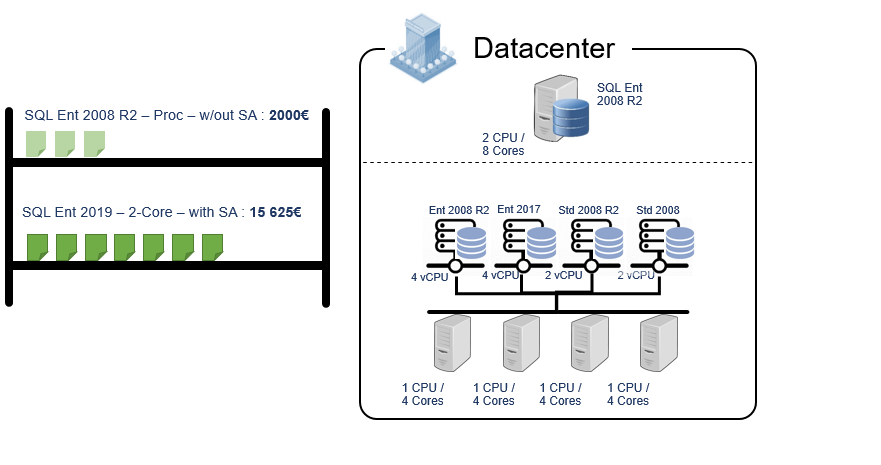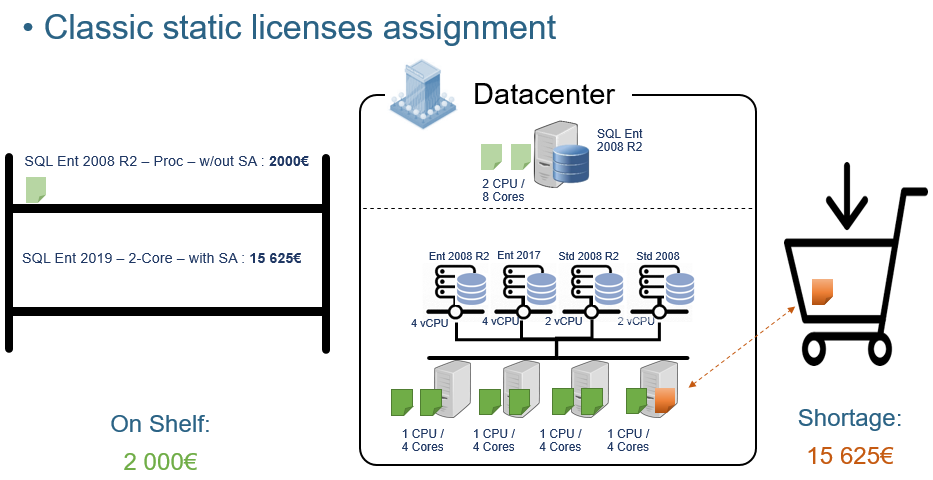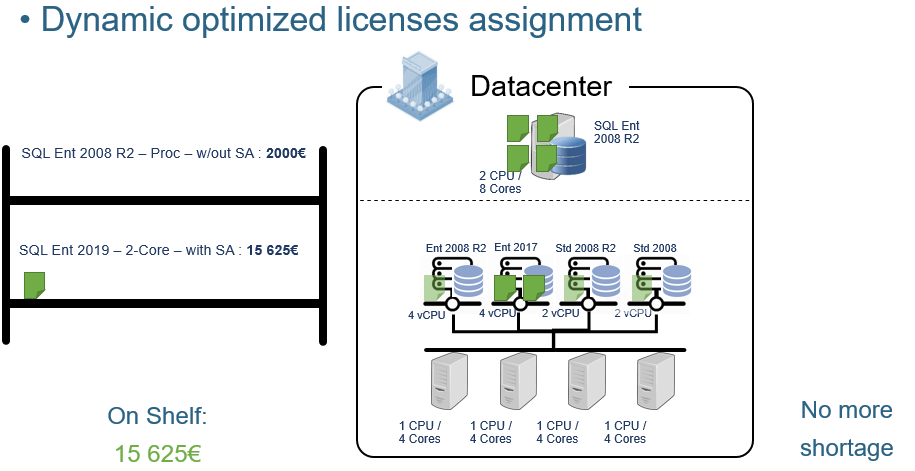When it comes to license position establishement, we can sometimes hear that licensing is a matter of “interpretation”, and there is not one single true “licensing position”. Well, I must say that I do not necessarily share such starting assumptions, even though I definitely end up with same outcomes.
Let me explain: Having multiple interpretations of licensing rules implies that definition of such rules are ambigous, inconsistent, or just too vague. It definitely happens sometimes, and some software vendors are indeed less accurate than others when it comes to defining licensing rules. But we should all keep in mind that licensing rules are the operational version of the “granted rights” clause that exist in any SW contract. And contractual schemes and architectures are sometimes complex, and require legal skills to determine which section(s) should prevail or not on some other(s), and whether side documents are “official” ones to be taken into account or not. In any case, the possible multiple interpretations of licensing rules should always be the result of a legal analysis. It is then interesting to consider real court decisions, and determine how vague licensing rules really are.
Concretely, difficult to argue that Microsoft licensing is not clear. Product terms document are released and updated multipe times per year, and history of all product terms are fully accessible to everyone, publically. Besides, have you ever heard of a court decision stating that some Microsoft licensing rules aren’t valid or applicable?
About Oracle, licensing rules are much more discussed and subject for debate within licensing professionals clubs, or simply on the internet; but reality is that Oracle has yet managed to make their rules be applicable & in effect because it is almost impossible to rely on a court decision that would be a precedent for everyone, and nulify their logics so far (“Oracle does not recognize soft partitioning” remains the magical statement!).
What about SAP and the so-called indirect access usage? Everyone who knows SAP licensing would tell that indirect access is not easy to determine… grey zone… yet, the Diageo court case and the £54.5m decision is unfortunately a real figure, real money… and a clear message that “interpretation” is not necesarily favorable to end customers.
We could continue listing large SW Vendors and determine how valid licensing rules are, but in any case, within Elee, we do believe that it is too risky to count on hypothetic multiple interpretations of licensing to try to escape from contractual obligations; therefore, we will always recommend to make a rigorous work on licensing calculation, and accept the counting work, even if it is hard and boring sometimes.
But making a rigorous licensing calculation does not mean that we should accept to pay through the nose! Let’s respect the rules, and play with them!
Elee has developed deep expertise on selecting the most optimized licensing rules, when we have the opportunity to choose among multiple rules. And that happens all the time when you are dealing with complex vendors. Let’s explain below the real stake of dynamic optimized licensing allocation versus classical static license allocation. Ready?
Let’s consider below a small SQL Server situation. On the left, your entitlement (stock of licenses you can use); on the right, the environment you have to license.

Well, static allocation of licenses implemented by common SAM tools as well as auditors would give the following:

What would now give dynamic optimized license assignment?

Both licensing schemes fully respect the Microsoft SQL licensing rules! But as far as I am concerned, I definitely prefer the second option!
Now let’s imagine that you do not only have 1 cluster and 1 standalone physical server…. but dozen, hundreds or sometimes thousands of them? Let’s also imagine that optimized dynamic license assignement work for every situation where you can pick up between different licensing rules for each single situation? Licensing each VM separately, or the full underlying physical layer; core-based licensing versus proc-based licensing versus server+Cal licensing; highest or lowest licensing eligible version? Bundle or not? MSDN or not? NUP or CPU? Professional or Employee?… Do you see what I mean? Stake of optimized dynamic licenses assignment is huge, and I am happy to conclude that yes, there is not only one single true licensing position, and let’s take advantage of it!
Edit June 25, 2020.
To make a long story short, just take a look at this new video we just released about Dynamic Optimized License Assigment: